Last week saw a geopolitical explosion; something that seemed to many a sudden and terrifying threat of nuclear war on the Indian Subcontinent. For the first time since 1971, Pakistan and India engaged in active combat in the contested muslim-majority territory of Kashmir.
The confrontation began with India’s aerial bombing of an alleged terrorist camp on Pakistan’s side of the Line of Control. This border has divided Kashmir between the two nuclear powers since the conclusion of the 1971 Indo-Pakistani War. And for a few days, it became a playground for both countries’ fighter jets.
Pakistan responded to the bombing by scrambling it’s military aircraft, with India responding tit for tat shortly after. And now a Pakistani drone was just shot down in Indian airspace. So here we are – at the edge of nuclear war, right?
Well, probably not.
????????????????????#Exclusive Vidéo des combats entre forces pakistanais et Indiennes a #Kotli #Pakistan #India #Kashmir #Inde pic.twitter.com/iNIizlDH1k
— Benjamin Pittet (@COUPSURE) March 2, 2019
Skirmishes involving one or more nuclear powers happen more often than most people think. There’s been at least one violent confrontation on the Demilitarized Zone between North Korea and U.S. backed South Korea nearly every year since 1958.
And this one even ended with a small reconciliation. Pakistan returned a captured pilot as a goodwill gesture and India is unlikely to risk nuclear war by further escalation. It was certainly a quick spat, perhaps too quick.
Of course, the tensions between India and Pakistan are based in a long history of factional conflicts and British colonialism. But this sudden explosion of violence seems more like a consequence of U.S. meddling operations, aimed at achieving regional foreign policy goals by proxy. Very surprising.
It’s no secret India and the U.S. have developed close political and economic ties. The former Undersecretary of State William Joseph Burns said there has “never been a moment when India and America mattered more to each other.” But weapons speak louder than words.
In 2009, India purchased eight massive “Poseidon” warplanes from the U.S. totaling $2.1 billion. More recently, the Indian Armed Forces were equipped with U.S. made artillery and airframes, as well as Israeli-made early warning systems and control aircraft. These latest weapons are even being deployed in Kashmir.
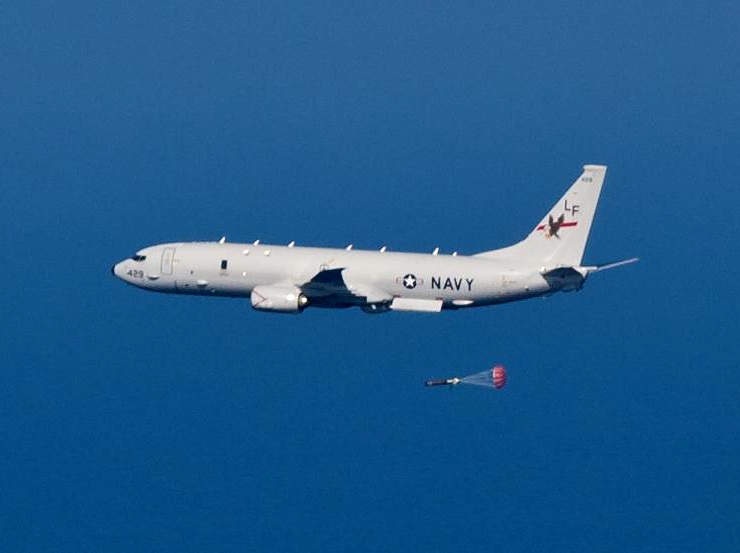
One reason for U.S. armament of India has to do with their shared stance on Pakistan. They both accuse the majority-Muslim country of harboring terrorists operating in India and Afghanistan. In 2018, the Trump Administration said it would cut $300 million in security assistance to Pakistan, claiming their government was helping the Taliban. President Donald Trump even lashed out on Twitter, saying Pakistan has given the U.S. “nothing but lies and deceit, thinking of [U.S.] leaders as fools.”
U.S. Secretary of State Mike Pompeo even backed India in its decision to strike Pakistan, during a phone call with the Indian National Security Advisor.
The U.S. condemns yesterday’s horrific terror attack on Indian security forces. My thoughts and prayers are with the victims and their families. We stand with #India as it confronts terrorism. Pakistan must not provide safe haven for terrorists to threaten international security.
— Secretary Pompeo (@SecPompeo) February 15, 2019
But now the Trump Administration clearly thinks the situation has escalated a little more than it would like. After arming India to the teeth, Pompeo has changed Washington’s gear – from warbroker to mediator. He urged both sides to “exercise restraint and avoid escalation at any cost.” At first glance, it might’ve looked like U.S. provision of arms to India was mainly intended to keep Pakistan in check by force. Especially when American oil companies claimed to be close to hitting massive oil reserves in the country back in August. And that certainly is a factor.
Though the main thrust of U.S. support for India is directed at a much greater foe of U.S. foreign policy – China’s growing influence in Southeast Asia. U.S.-China tension in the region comes primarily from the irreconcilability of both countries’ foreign policies. The U.S. is looking for new opportunities to expand its imperialist policies of regime change and resource exploitation. It’s current economic system depends on geopolitical dominance and military intervention, as seen in Iraq, Libya, Syria, and perhaps soon, but hopefully not, Venezuela.
However, Southeast Asia and the Indian subcontinent have a uniquely successful history of resistance to U.S. imperialism. Vietnam defended its sovereignty when it defeated U.S. invaders and united under a socialist economy with a communist government in the 1970s. India in its turn, although officially non-aligned during the Cold War, had a close relationship to the Soviet Union. Back then, India and the U.S.S.R. worked together against terrorist groups that the U.S. was actually training in Pakistan and Afghanistan.
And now China is not only growing in regional influence, it’s providing a socialist alternative to the U.S.’ imperialist policy of regime change. Chinese President Xi Jinping summed up his stance on Southeast Asia in 2013 stating, “China is ready to open its door wider to [Southeast Asian] countries on the basis of equality and mutual benefit and enable the latter to gain more from China’s development.” China needs Southeast Asian countries as regional trade partners and to realize plans for a new “Maritime Silk Road,” which would succeed only by means of economic development throughout the region. And to develop the region, each country must have control over its own natural resources instead of giving them up to a foreign power.
China and Pakistan have already begun building a constructive relationship. Pakistani Prime Minister Imran Khan even stated, “we need to use China as an inspiration to lift our people out of poverty.” And judging by the U.S.’ actions towards underdeveloped countries it does business with, it’s no wonder Pakistan isn’t looking to the west for guidance.
On the other hand, India’s history of border disputes with China and has lead them to flirt with western powers. But the time will come when New Delhi will have to make a choice between Washington or Beijing. More specifically, a choice between war or peace.







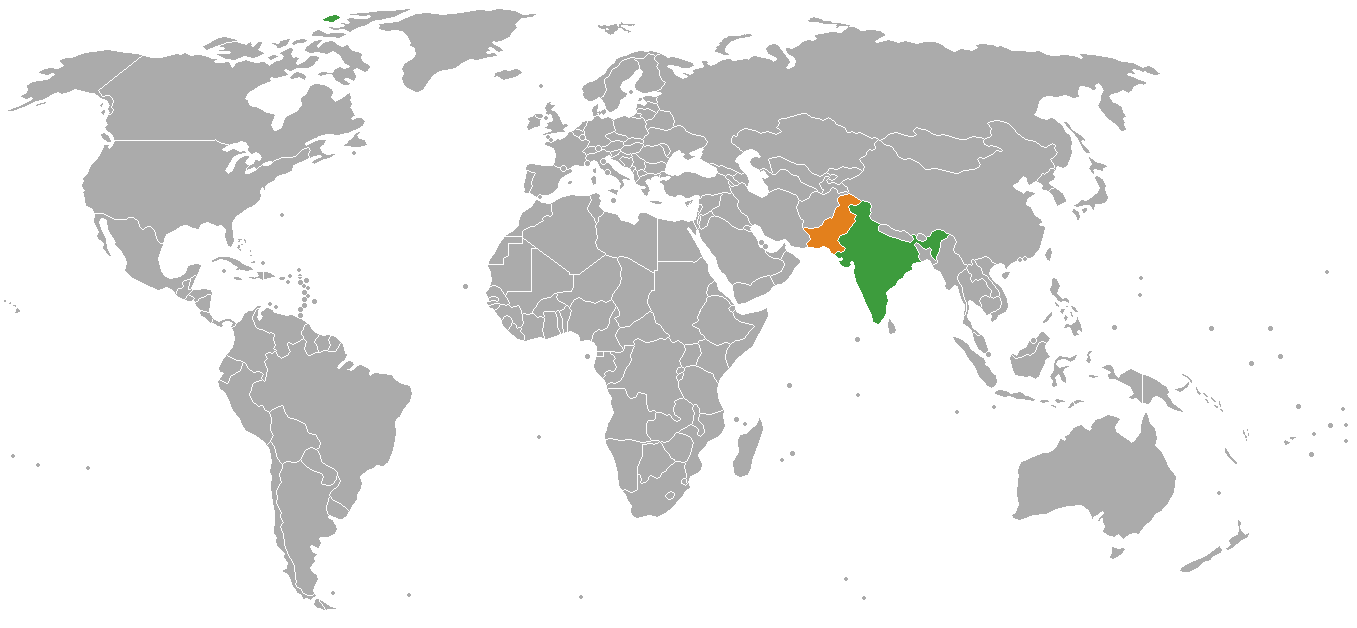

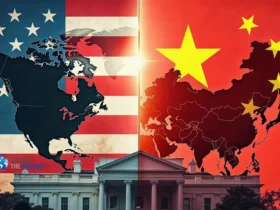
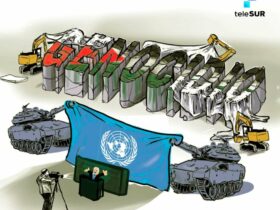
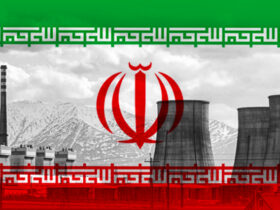


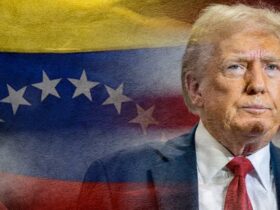


Leave a Reply